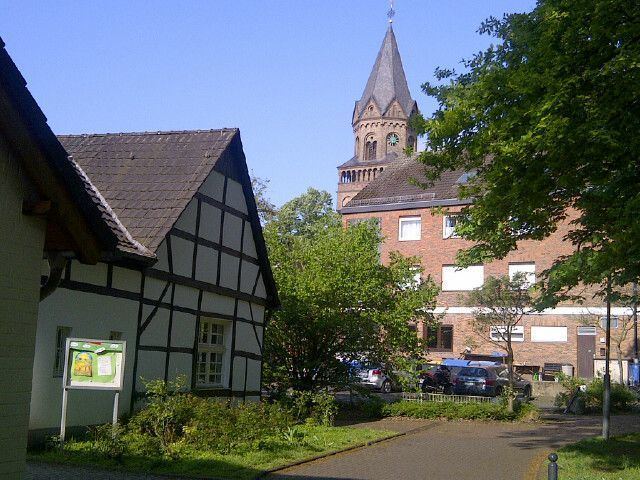Founded 1052 Area 16.85 km² District Mettmann Administrative region Düsseldorf | Elevation 35 m (115 ft) Postal code 40885 Dialling code 02102 | |
 | ||
Locomotive train db voith gravita at ratingen lintorf germany
Lintorf is a village at the transition of the Berg region into the lower Rhine plain in North Rhine-Westphalia, Germany. Since 1975 it has been a quarter of the city of Ratingen.
Contents
- Locomotive train db voith gravita at ratingen lintorf germany
- Map of Ratingen Lintorf 40885 Ratingen Germany
- Auto audi train db at ratingen lintorf germany 24 9 2014
- History Geography Transport
- Notable People
- References
Map of Ratingen-Lintorf, 40885 Ratingen, Germany
Auto audi train db at ratingen lintorf germany 24 9 2014
History, Geography, Transport
Lintorf was suburbanised in 1975. Ratingen belongs to the Mettmann district in the Düsseldorf region (North Rhine-Westphalia state). Before then, Lintorf was an independent municipality and seat of administration of Amt Angermund (since early 14th century; 1929-1950 "Amt Ratingen-Land"; 1950-1974 "Amt Angerland").
Lintorf is on the Cologne-Ratingen-Duisburg line, but since 1985 has had no train stations. The place is connected by autobahns A52 (Essen—Düsseldorf, exit Ratingen Tiefenbroich), A524 (autobahn interchange Breitscheid—Krefeld, exit Ratingen-Lintorf), A3 (Oberhausen—Cologne, exit A52). The old boundary lies in the northern edge of the approach lane of the Düsseldorf Airport (3 km runway).
Lintorf was the site of a displaced persons camp after World War II, providing a home for Ukrainians, Poles and Yugoslavs awaiting immigration. Ratingen has been the site of a war crime in April 1945. The bodies of eight German anti-Nazis, one woman and two Polish men were found lying in woods near the town.
In the first half of the 20th century, lead, clay and gravel was mined. In the period after World War II, the auto manufacturer Hoffmann (licensed production of the Vespa scooter), the company Constructa (washing machines), as well as the company Hünnebeck (metal scaffold construction).
A rural scattered housing estate developed in the time after World War II from suburban residents of the surrounding cities, primarily from Düsseldorf (12 km). The surrounding forests are a popular scenic area.
Since 19th century, population has grown from 872 (1816) to 15,162 (2014).
